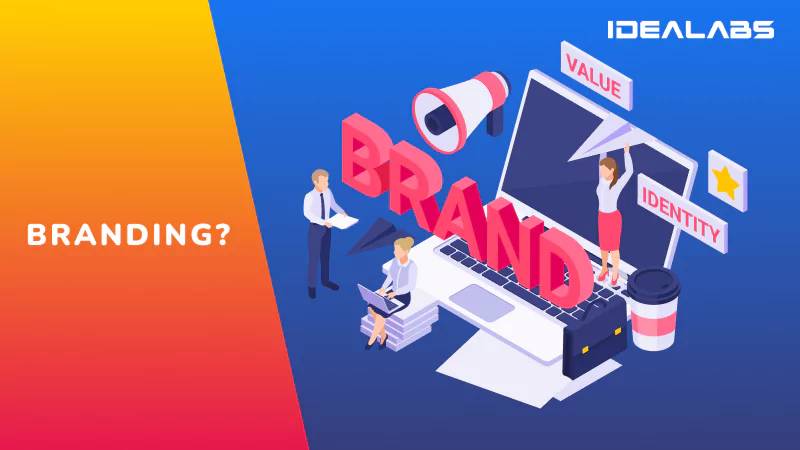In today's competitive market landscape, branding is not just a buzzword; it's a cornerstone of business success. But what exactly is branding? In simple terms, branding is the process of creating a unique identity and image for a product, service, or company in the minds of consumers. It goes beyond just a logo or a catchy slogan; it encompasses everything from the colors and fonts used in marketing materials to the customer experience and company culture. Let's delve deeper into the world of branding and explore the invaluable benefits it brings, especially through the use of branding guidelines.
What is Branding?
Branding is all about shaping perceptions. It's about conveying the essence of what your business stands for and what sets it apart from the competition. A strong brand evokes emotions, builds trust, and fosters loyalty among customers. Think about iconic brands like Apple, Coca-Cola, or Nike; their logos alone evoke a myriad of associations and emotions. That's the power of branding.
Elements of Branding Guidelines
Branding guidelines, also known as brand style guides or brand manuals, are documents that outline how a brand should be presented to the world. They serve as a roadmap for maintaining consistency across all brand touchpoints, ensuring that every interaction with the brand reinforces its identity and values. Here are some key components typically found in branding guidelines:
-
Logo Usage:
Defines how the logo should be displayed, including size, placement, clear space, and variations for different backgrounds.Example: The logo should always appear in full color on a white background, and the minimum clear space around the logo should be equal to the height of the letter "A" in the logo.
-
Color Palette:
Specifies the primary and secondary colors associated with the brand, along with guidelines for their usage to maintain visual consistency.Example: The primary brand colors are Pantone 2945C and Pantone 7406C, and they should be used for all brand materials whenever possible.
-
Typography:
Sets guidelines for the fonts and typography styles to be used in various communications, ensuring readability and brand consistency.Example: The primary font for body text is Arial, and the secondary font for headings is Roboto Condensed. Font sizes should adhere to the specified hierarchy.
-
Imagery Guidelines:
Provides direction on the types of images that align with the brand's aesthetic, as well as rules for image usage, such as composition and style.Example: Images should reflect diversity and inclusivity, showcasing people from various backgrounds and demographics. Avoid overly staged or stock-looking photos.
-
Brand Pattern:
Introduces unique patterns or graphics that reinforce the brand's visual identity and can be used across various materials and platforms.Example: Incorporate the wave pattern inspired by our logo into backgrounds and design elements to create visual interest and brand recognition.
-
Do's and Don'ts Guide:
Outlines specific dos and don'ts to ensure consistent and effective representation of the brand across all channels.Example:
- Do: Use the brand colors and fonts as specified in the guidelines for all communications.
- Don't: Alter the logo or its proportions in any way. Always use the approved versions provided in the branding guidelines.
Benefits of Branding Guidelines
Implementing branding guidelines offers numerous benefits for businesses, including:
- Consistency: Ensures that all brand communications are cohesive and recognizable, regardless of the platform or medium.
- Professionalism: Projects a polished and professional image, instilling confidence and trust in customers and stakeholders.
- Efficiency: Streamlines the design and marketing process by providing clear direction, saving time and resources.
- Brand Recognition: Builds brand recognition and equity over time, making it easier for consumers to identify and engage with the brand.
- Differentiation: Helps the brand stand out in a crowded marketplace by communicating its unique value proposition effectively.
In conclusion, branding is a powerful tool for businesses to differentiate themselves, build relationships with customers, and drive long-term success. By establishing clear branding guidelines, businesses can ensure consistency, professionalism, and authenticity in all their interactions, ultimately strengthening their brand identity and impact in the marketplace.

